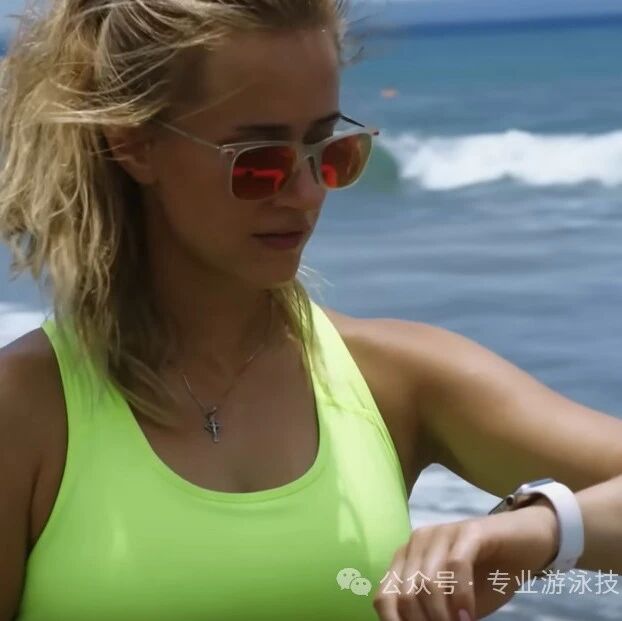Does a snorkel indicate low swimming proficiency? Misconceptions about swimming gear
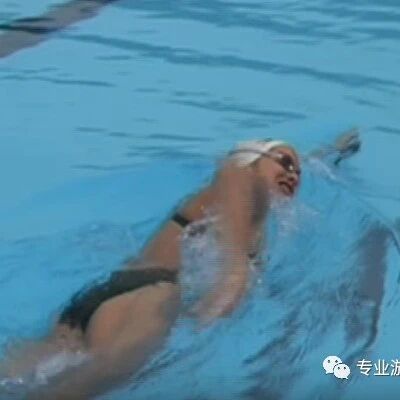
During the process of learning to swim, it’s essential to equip yourself with both basic and supplementary gear. Some of these items are perfect for beginners, while others are ideal for swimmers who already have a solid foundation. Then there are specialized tools designed specifically for certain types of swimming exercises—gear that you may not need in everyday practice. In this context, let me share some insights from my own experiences using these tools.
Given a question repeatedly raised by many swimmers—whether or not to take a coach when learning to swim, and whether it’s possible to teach yourself—we’ll address both here.
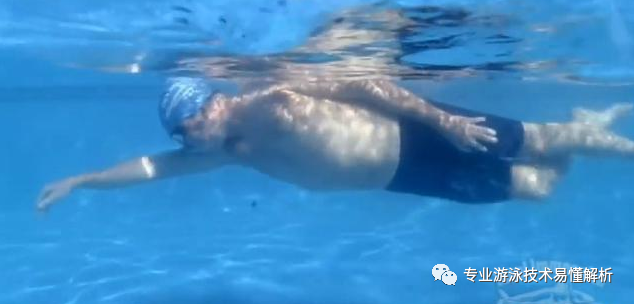
1. Whether or not you have a coach, the essence of swimming is self-learning.
Having a coach's guidance is crucial—think of learning to swim like building a house. A great coach will first help students define the overall framework and design, then guide them on how to assemble each component based on that plan, and finally teach them how to refine and perfect those individual parts. In contrast, a typical coach might focus on teaching students how to lay the foundation first, followed by instructing them on how to piece everything together step by step—resulting in a house that’s assembled but perhaps not as well-designed or structurally sound.
A coach's guidance can significantly help swimmers develop a correct understanding of the sport, preventing them from practicing blindly. Additionally, coaches can offer clearer insights and direction when it comes to correcting and refining specific details.
However, swimming isn’t like solving math problems, where you can simply plug in the teacher’s formulas and follow the given approach to arrive at the answer. A coach can’t step into the water for the swimmer—after all, only the swimmer themselves can truly feel their own connection with the water and gain an intimate understanding of how their body moves. That’s why it’s fair to say that swimming is ultimately learned through self-study.
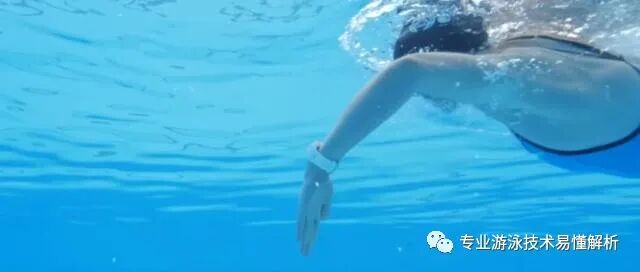
2. The main culprit ruining swimming lessons is the nose clip.
Besides swimwear, goggles, and swim caps, swimming also requires some essential accessories—like earplugs, a snorkel, and flippers. And let’s not forget skincare essentials such as moisturizing creams or even Vaseline! Don’t underestimate these little items—take moisturizer, for instance. While it’s a no-brainer for female swimmers, many male swimmers feel hesitant to use it. I used to be one of them. But after swimming regularly every day for less than two months, my skin started itching terribly—clearly because swimming had stripped away the protective layer on my skin, leaving it painfully dry and irritated. Thankfully, once I made it a habit to apply moisturizer right after each swim session, my skin stopped itching altogether.
Some swimming gear can do more harm than good for beginners—take, for example, nose clips. These perfectly functional tools designed to help with efficient breathing end up being clamped shut, forcing swimmers to rely solely on their mouths to exhale. As a result, they inadvertently develop incorrect breathing habits over time.
Earplugs can be used—good ones block water but don’t muffle sound—but they tend to fall out easily, making them a typical disposable item. For swimmers who frequently engage in long-distance swimming, petroleum jelly is essential; otherwise, redness in the armpits is almost inevitable.
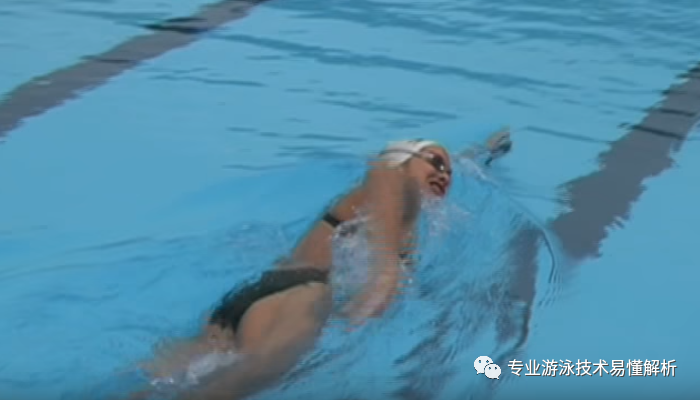
3. The snorkel is a great tool for learning to swim.
If you had to pick one essential piece of swimming gear from the vast array available, there are only two clear choices: a snorkel—or fins. Fins are an external aid, primarily used for propulsion during open-water swims, though they can also help with learning techniques. But when it comes to mastering proper swimming form and technique, the snorkel is undoubtedly the top choice.
The snorkel gives the superficial impression that you don’t need to worry about breathing—some even treat it as a diving toy. Meanwhile, many people view the snorkel merely as a backup tool to be used only when they’re struggling to breathe. Conversely, if someone uses a snorkel while swimming, it’s often seen as a sign that they’re still at an entry-level, beginner stage, still mastering the basics of proper breathing.
In fact, a snorkel not only helps beginners quickly learn how to breathe efficiently but also enables swimmers with an intermediate level to further refine their arm-stroke technique.
With a snorkel, you don’t have to worry about breathing—you can focus entirely on perfecting your arm strokes, continuously refining the coordination between your upper and lower arms, as well as the seamless connection between your arms and shoulder joints. As your swimming technique improves, this exercise requires consistent practice and ongoing refinement; each session brings new insights and rewards. That’s precisely why competitive professional swimmers often rely on snorkels during their training.
Related Articles
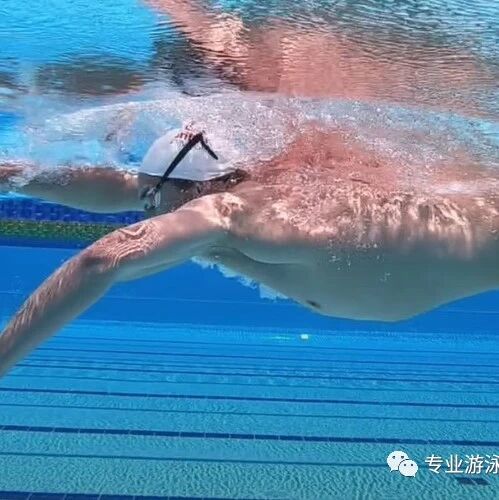
The formation of the freestyle power chain and the precise timing of hand-foot coordination
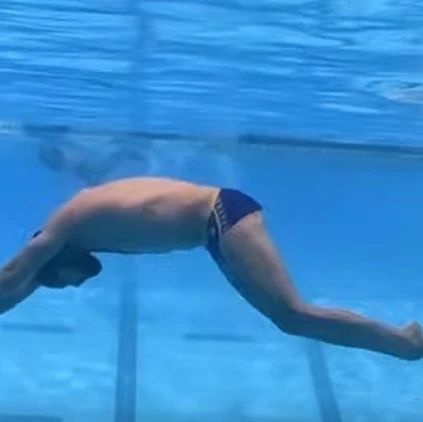
You don’t need to struggle with chest presses or leg kicks—everyone can learn butterfly!
